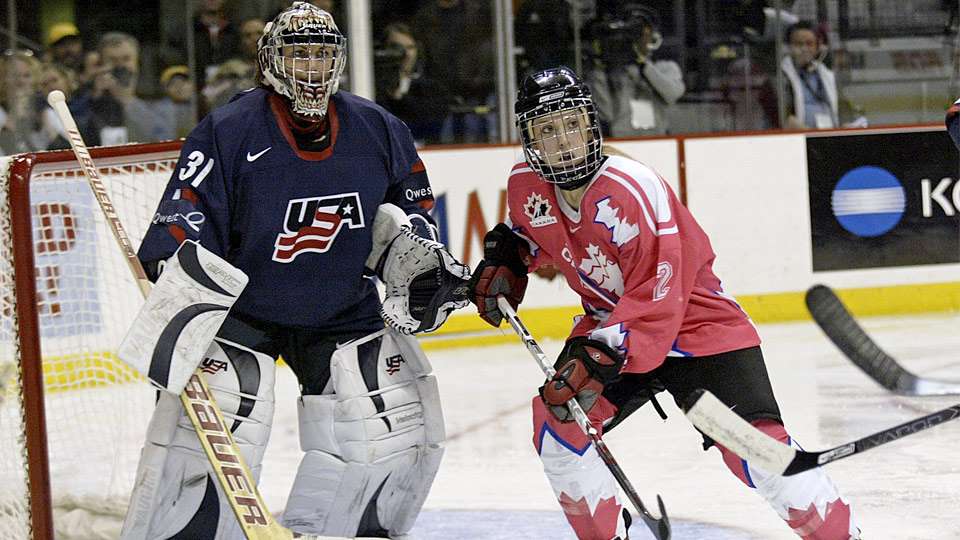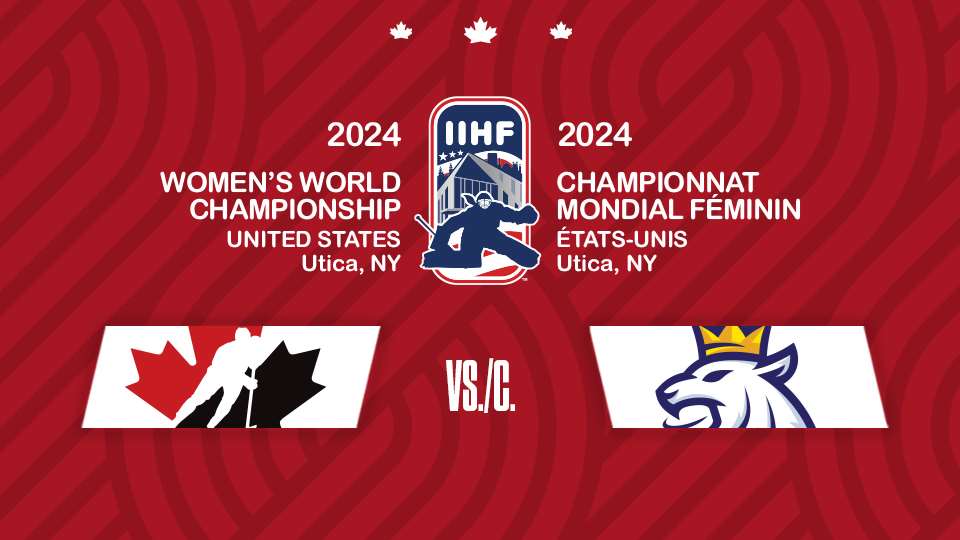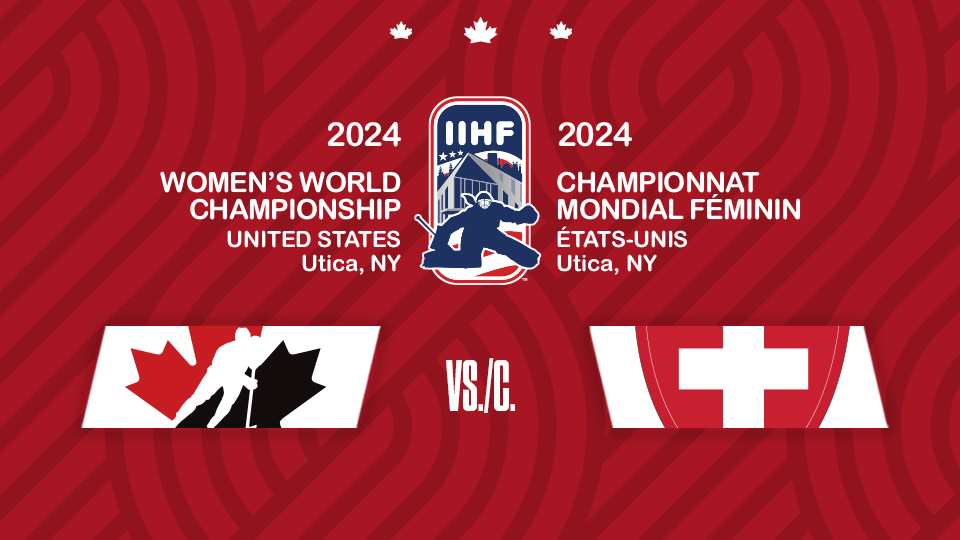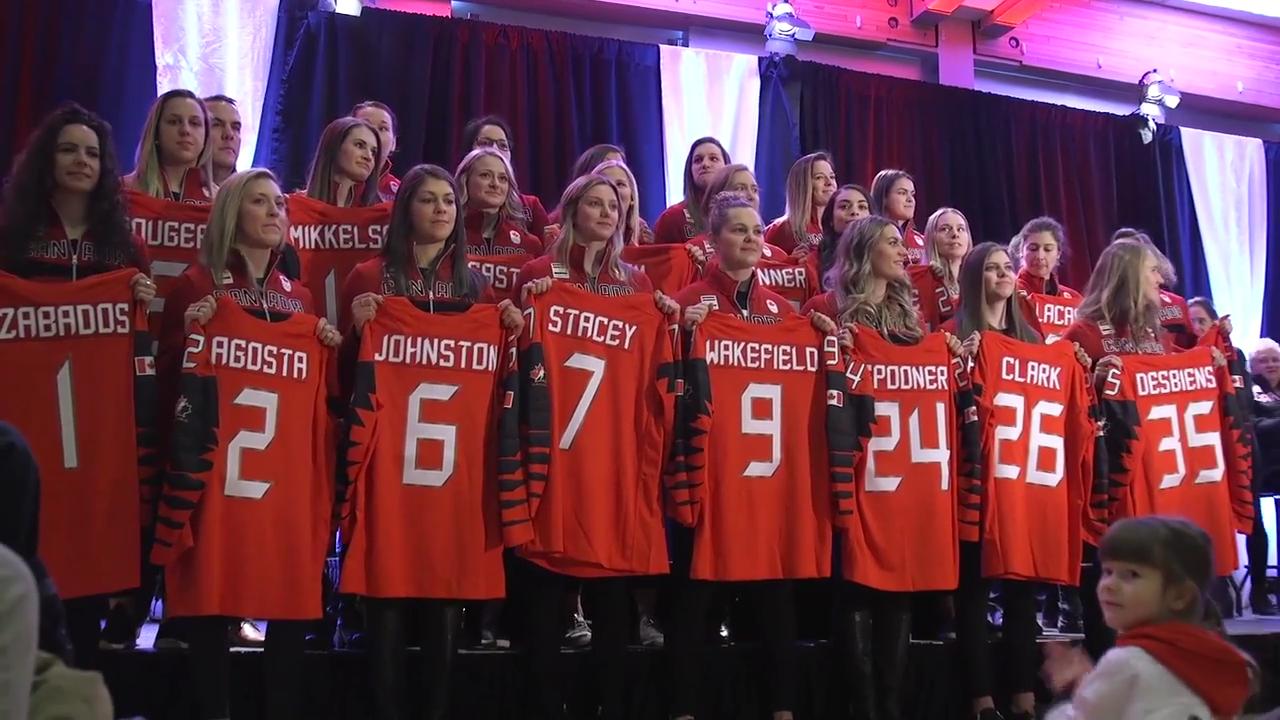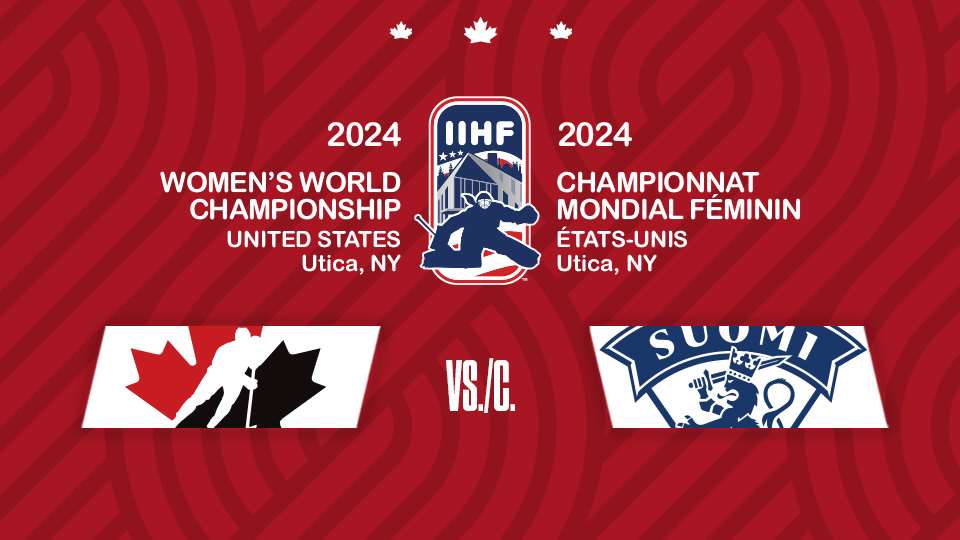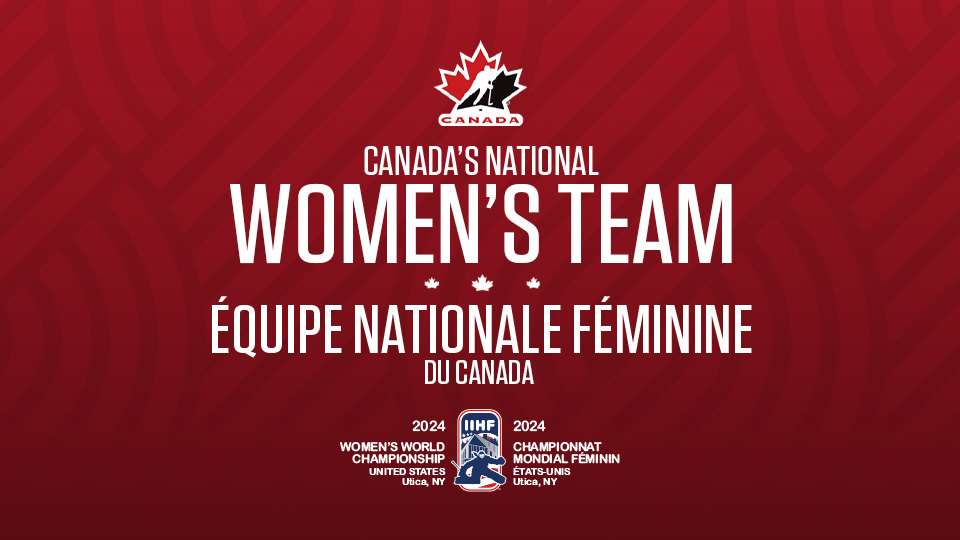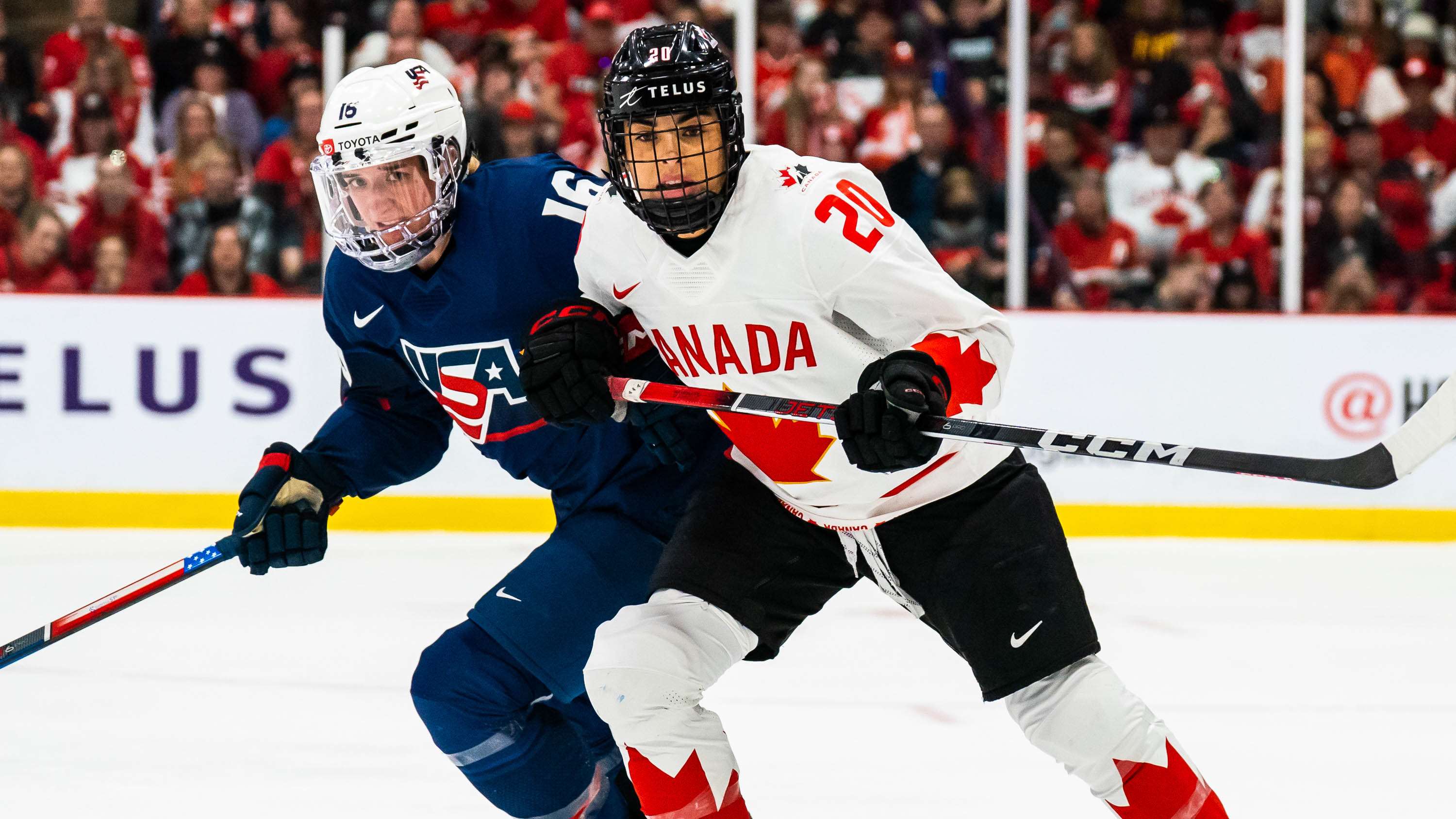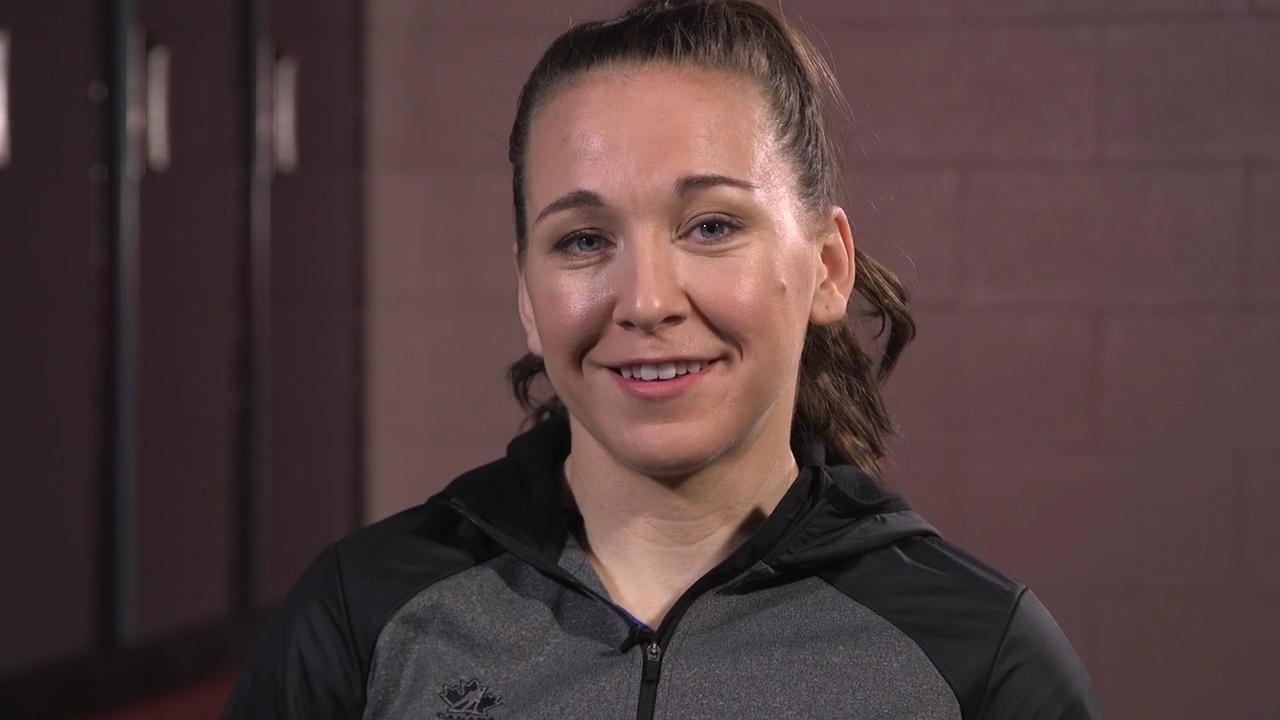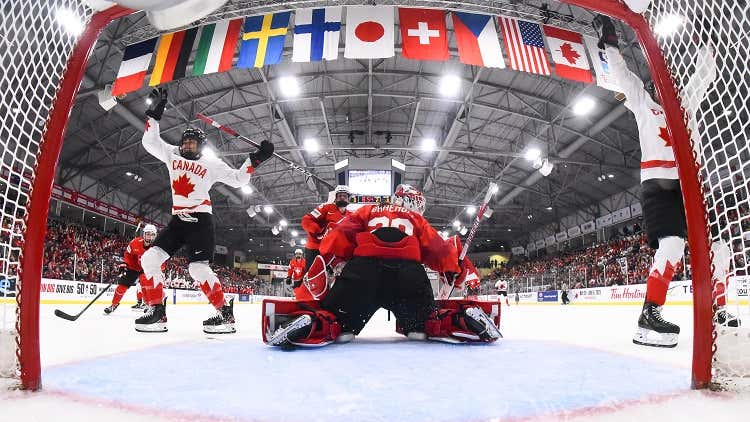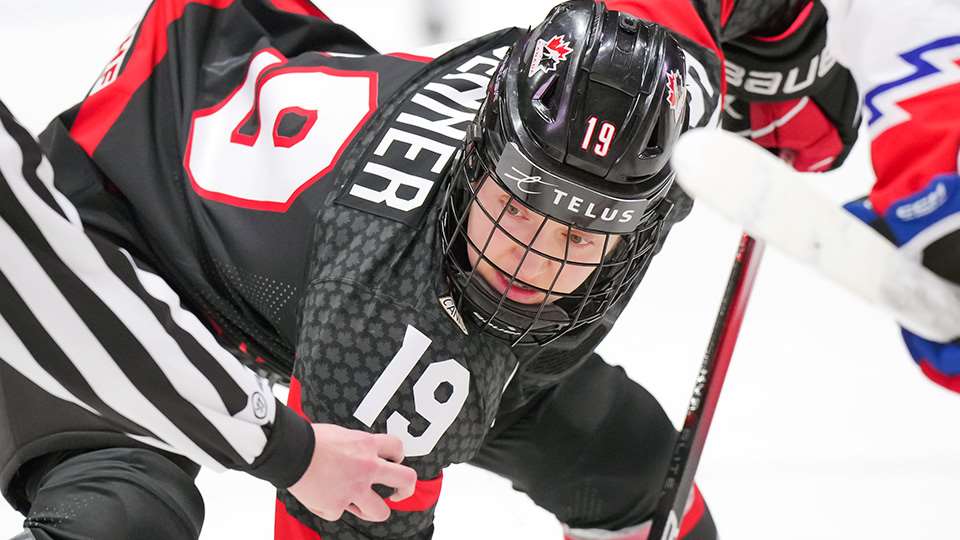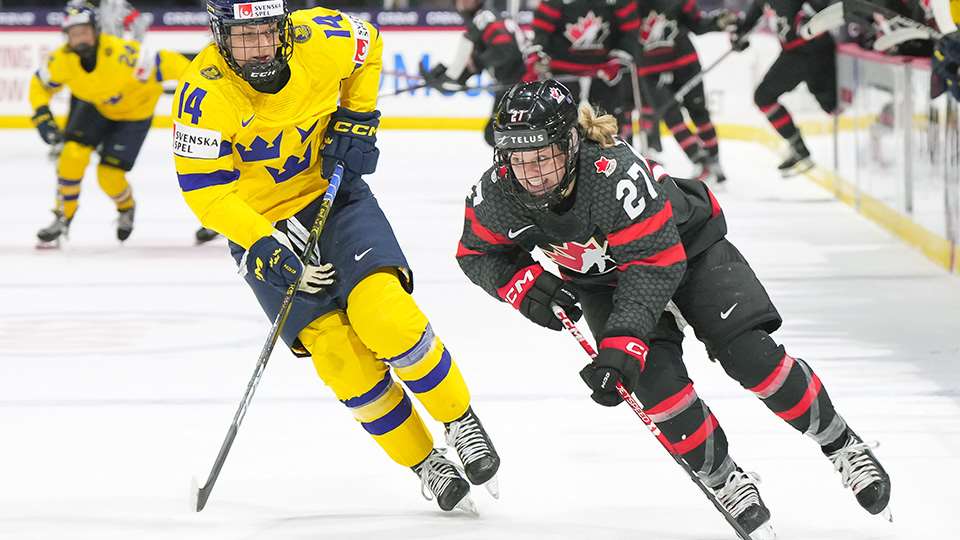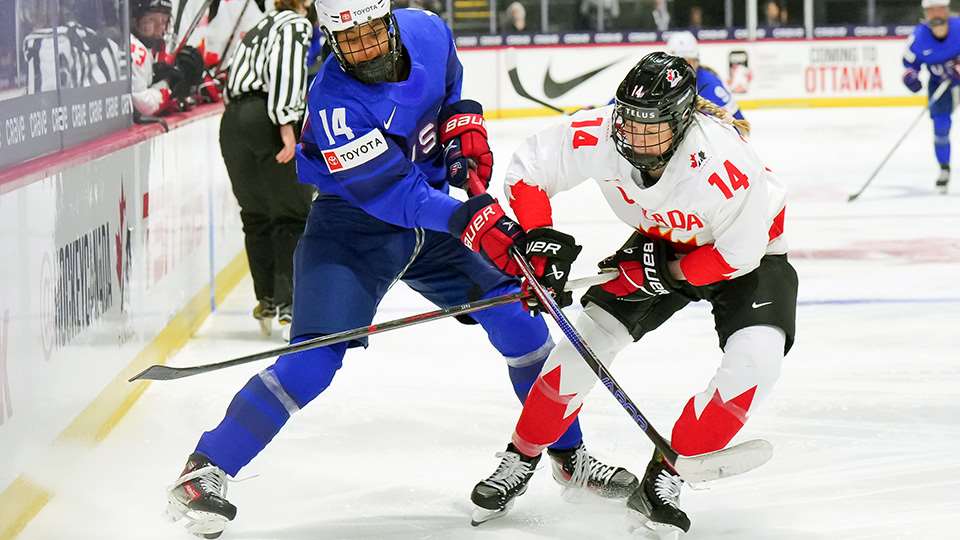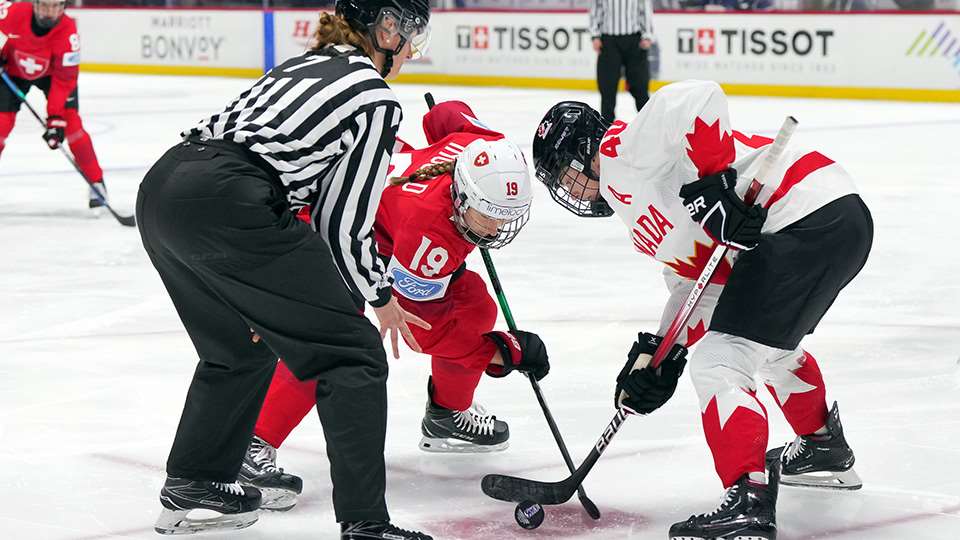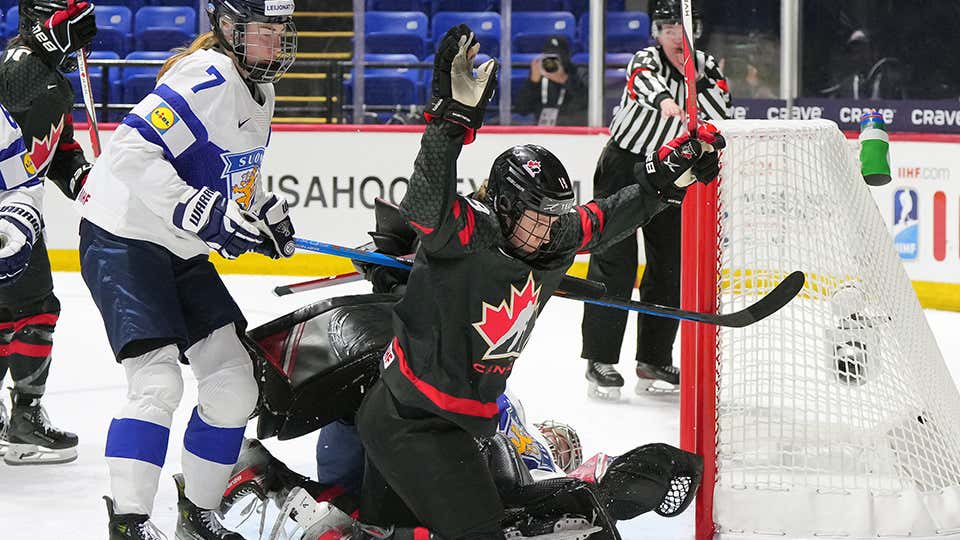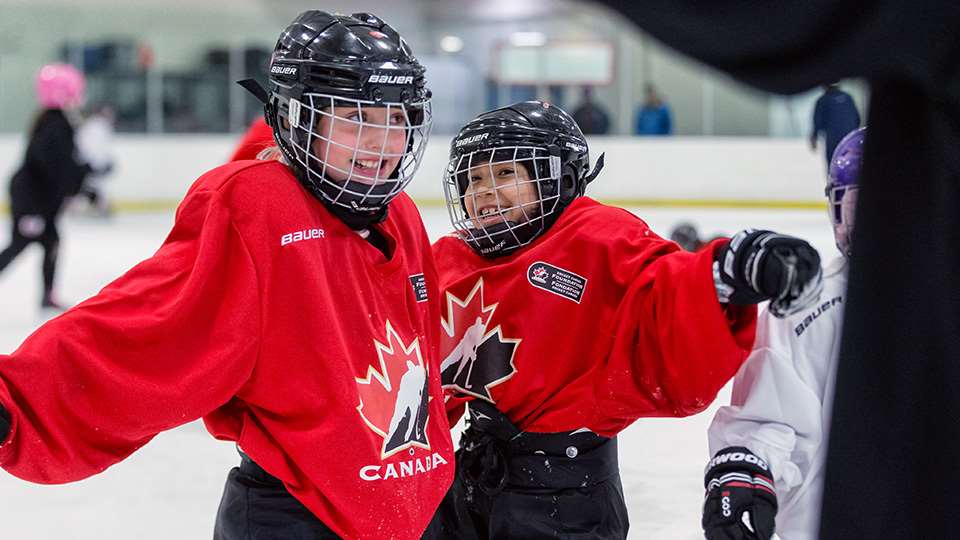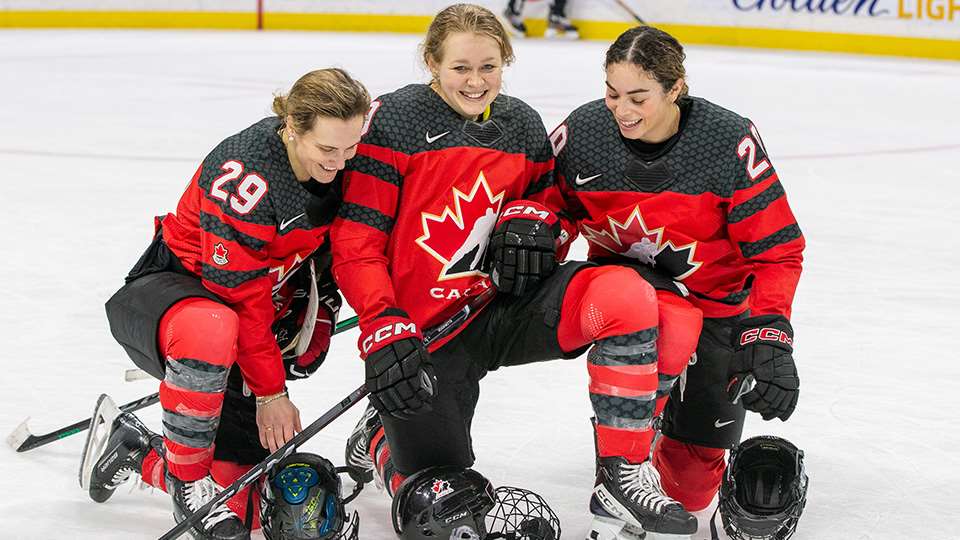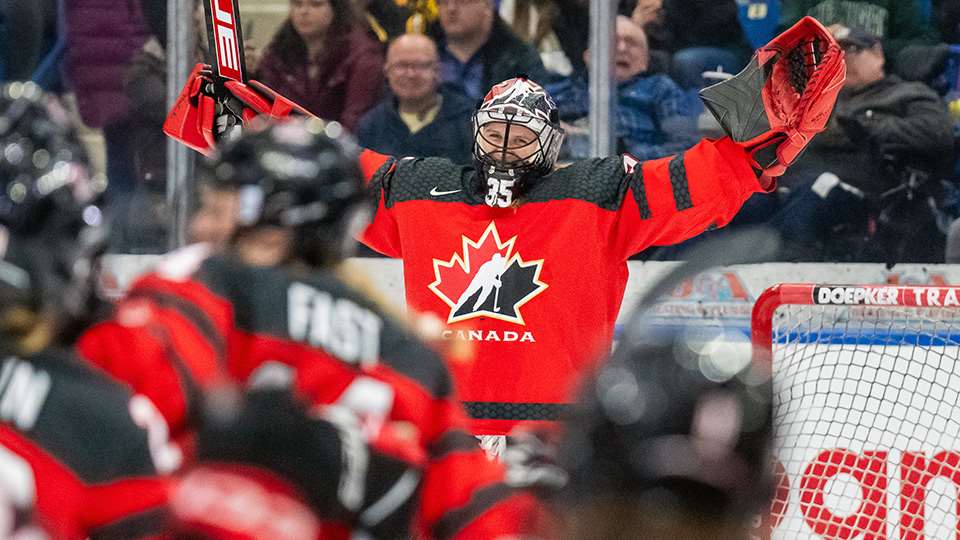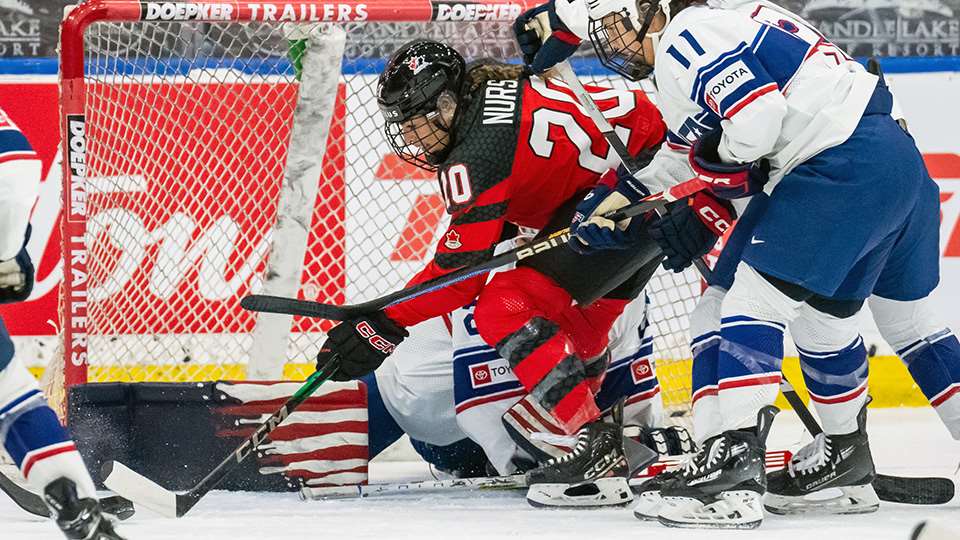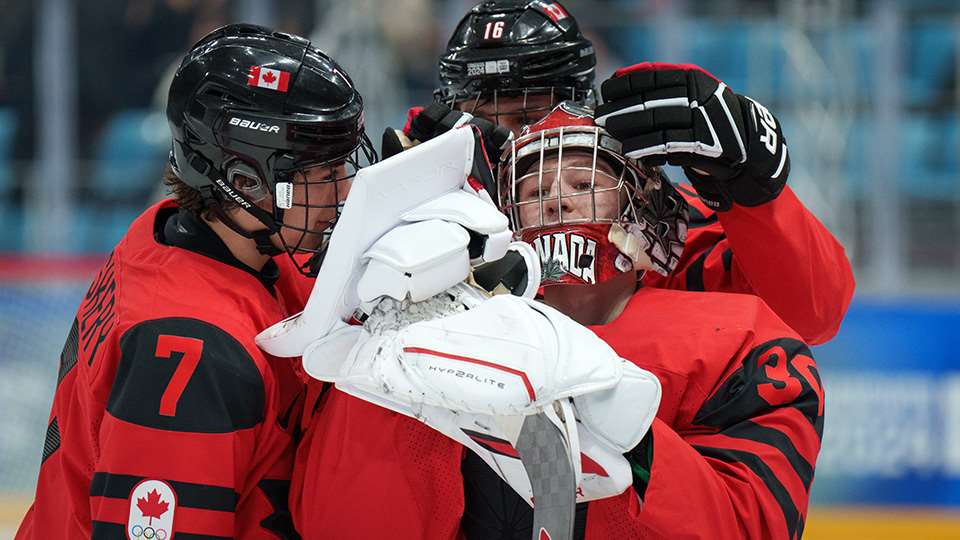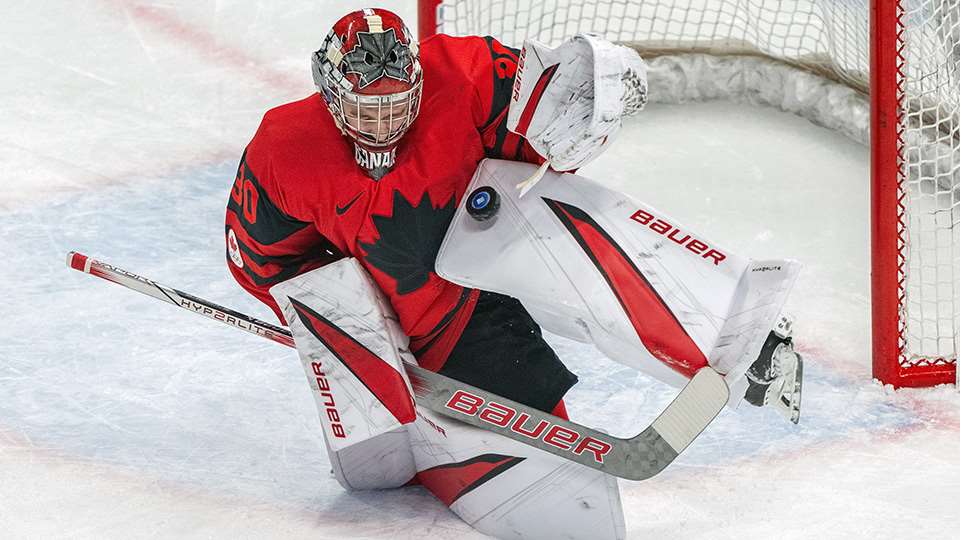It was an event that lasted just eight days, but its impact on female
hockey in Manitoba is still tangible today.
A decade ago, the cities of Winnipeg and Selkirk shared host duties for the
2007 IIHF World Women’s Championship. To this day, the tournament is still
considered a benchmark for success in women’s hockey, both in Canada and
internationally.
It smashed attendance records and created an awareness and legacy that
sparked an unprecedented growth in the female game across Manitoba,
particularly at the grassroots level.
“It was a team effort from all levels,” recalls Polly Craik, who served as
chair of the host committee. “Players, volunteers, administrators, host
committee members and the hockey branches all came together. It was really
a Manitoba event.”
More than 600 volunteers signed up for the tournament, which rightfully
became a celebration of the women’s game and a beacon for young females and
their families to aspire.
And for Craik, already a successful businesswoman in Winnipeg, her
responsibility became more than just facilitating an international hockey
tournament. It was about a pioneering spirit that extended beyond the
borders of Manitoba for girls in the game.
“I remember being in a Tim Hortons on Portage Avenue and running into a
family from Alberta. They told me their daughter plays hockey and they just
wanted to see women play live. They were thrilled the event was happening
so close to home.
“For them, like many others, it was about the experience. And there’s many
other stories out there like that.”
To quantify the impact the event left on the market is next to impossible,
but it unarguably moved the sport to another level, especially with young
females.
“It was a great event,” says Hockey Manitoba executive director Peter
Woods. “There’s been a tremendous legacy left behind. It’s hard to believe
it’s been 10 years.”
In the years that followed, female hockey in Manitoba has exploded in
growth, climbing from 3,685 at the time of the 2007 women’s worlds to 5,419
this year, an increase of 47 per cent.
The tournament drew a record 119,231 in total attendance, including a pair
of sellouts at the MTS Centre; 15,003 fans saw the Canada-U.S. showdown in
the preliminary round, and the all-North American rematch in the gold medal
game.
Of course, it didn’t hurt that Canada went undefeated during the
preliminary round, and parlayed that into a 5-1 victory over the Americans
in the final to claim its ninth world title in 10 tries.
“The Winnipeg fans were unbelievable,” says Meghan Agosta, who made her
women’s worlds debut in 2007. “The rink was electric. I remember skating on
the ice and there were thousands of fans cheering for us. It was super
special.”
Agosta, now a 30-year-old veteran, is the only member of that 2007 team to
be competing at the 2017 IIHF Women’s World Championship.
“Winning the world championship in Canada is a great memory,” she says. “It
was also my first worlds. As a young player in my career back then my role
was to bring the energy. Obviously looking from then to now that role has
changed. But it’s still pretty crazy to know how much time has passed.”
Understanding her job and the responsibility of the host committee to
deliver a great event, Craik felt what truly made the 2007 women’s worlds
in Winnipeg unique was the Canadian players themselves.
“They really helped in creating a momentum in the role they played,” says
Craik. “They were very generous.”
Craik remembers Kate MacKenzie, a young girl from Winnipeg, becoming Team
Canada’s ‘human mascot’ during the tournament.
Her first introduction to MacKenzie was when she played on Craik’s
nine-year-old son’s team. Her skill was exceptional and she was easily
identified by the ponytail draping down from the back of her helmet.
“She made a connection with Jennifer Botterill,” says Craik. “That was it
for me. I thought ‘That’s why this event is so important. This girl needs
to be given an opportunity to connect with other female hockey players.’
That team was there for her. It gave strength and a validation that this is
a place to aspire to.”
Today, MacKenzie is on scholarship and playing college hockey with
Quinnipiac University.
Not only did the 2007 women’s worlds reach out and positively touch those
as fans and witnesses to the tournament, but it also affected some of the
participants in the arena of play differently as well, like Viona Harrer.
The German goaltender turned aside 62 shots in an 8-0 loss to Canada, a
performance rewarded with a standing ovation from the pro-Canadian crowd
when she received her Player of the Game award.
Craik herself still gets choked up talking about the memory.
“Those are life-changing moments,” she says. “She was bawling on the ice.
She had never had a crowd stand up and cheer her on like that.”
This spring might be the 10th anniversary of the 2007 IIHF World Women’s
Championship, but eight days a decade ago might be more important today
than they were even then.


























_20231201215358_0.png?w=30&q=60)
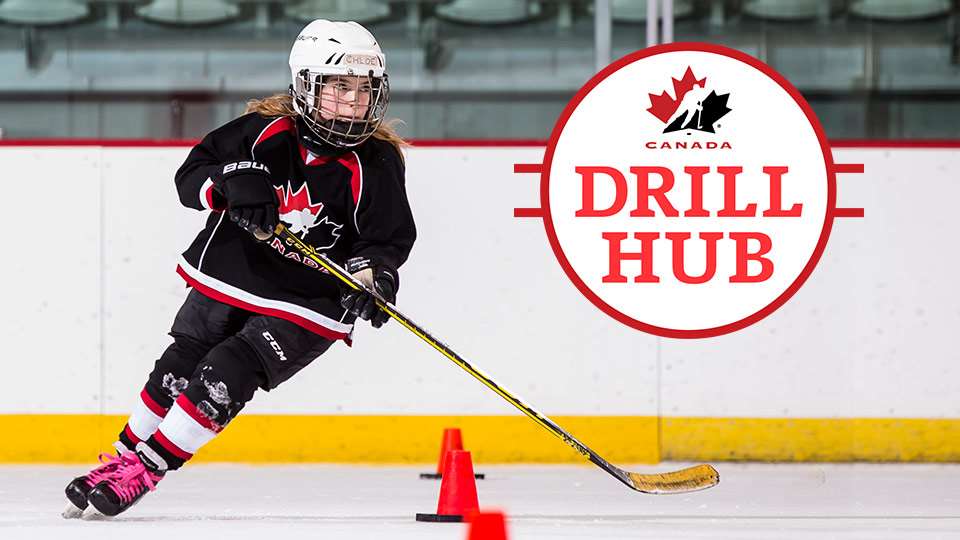

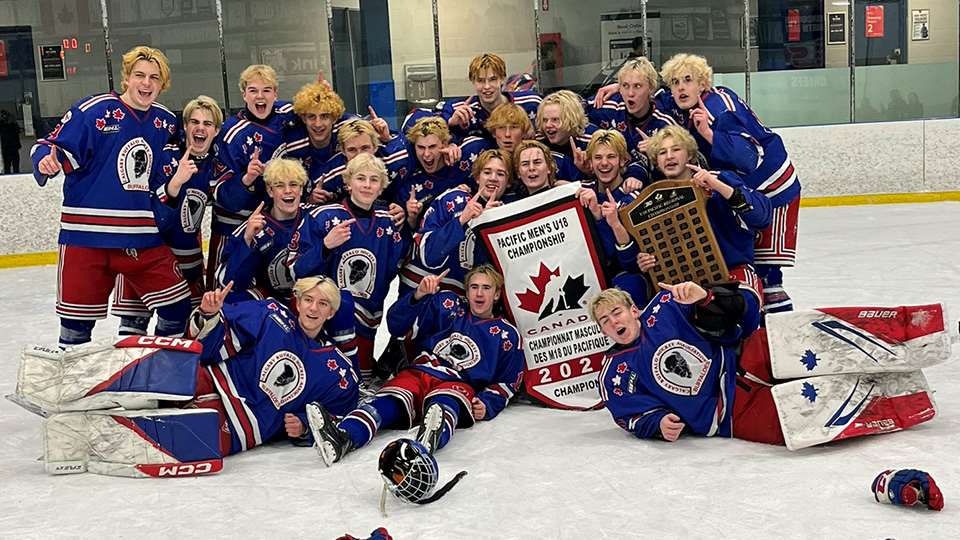
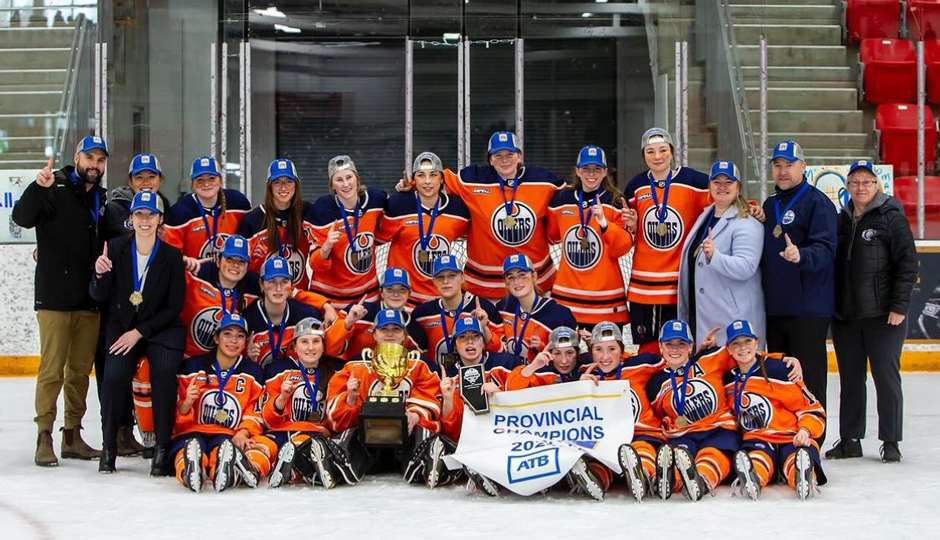
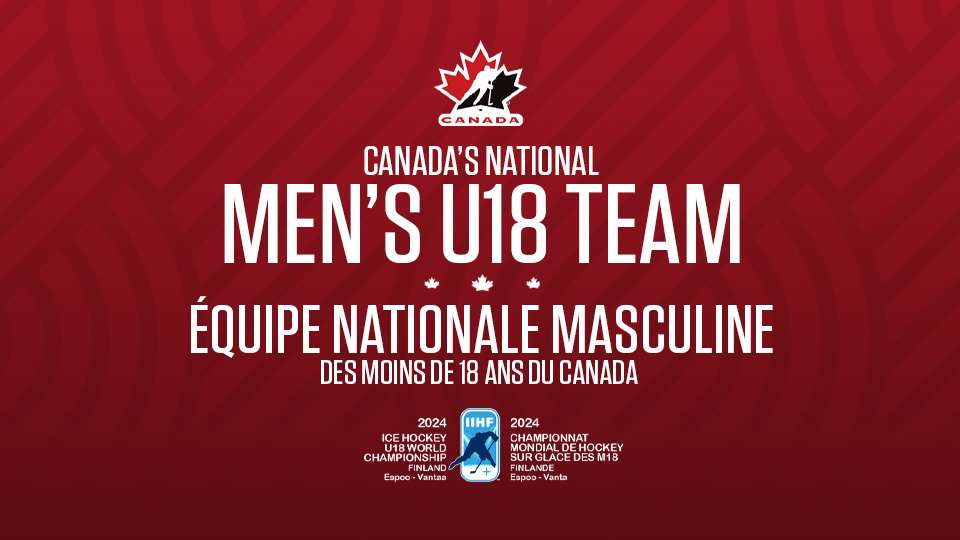
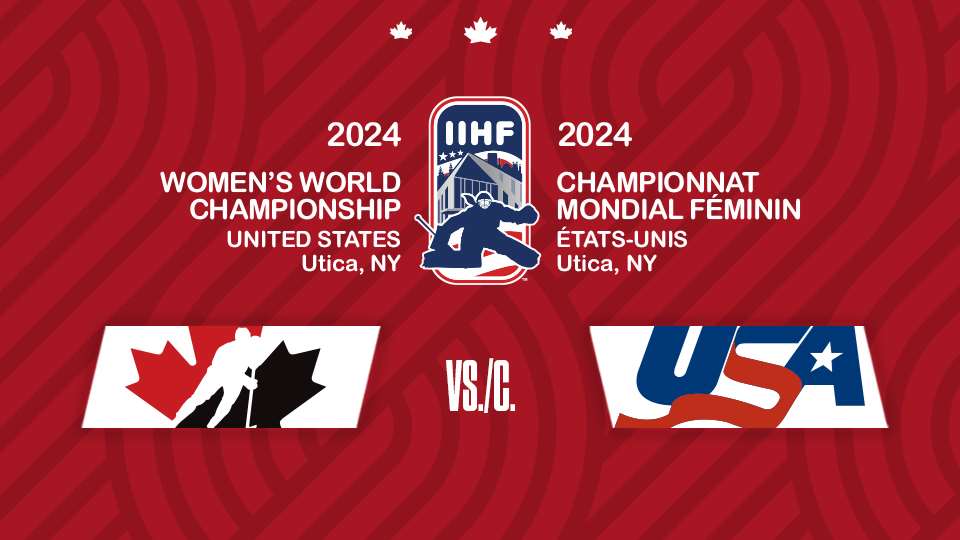

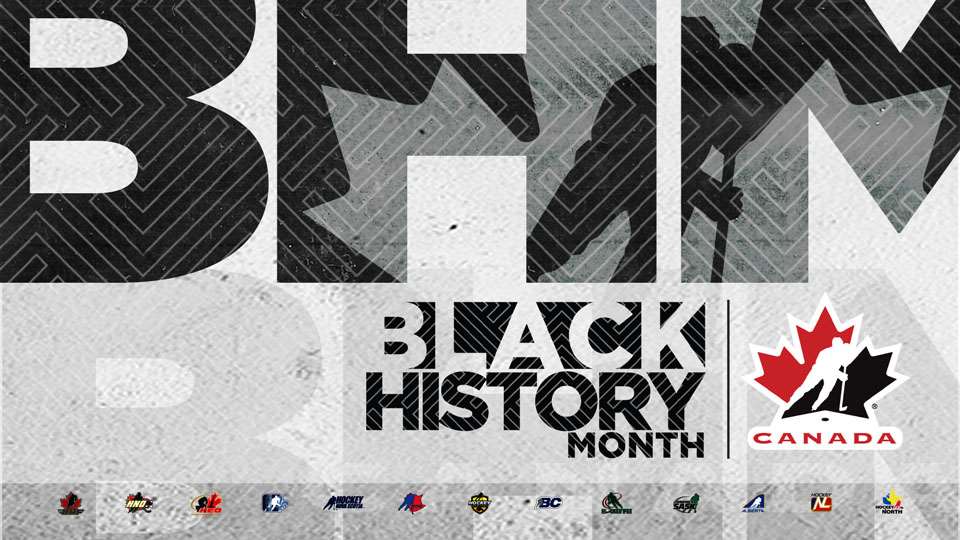





_20231201215358_0.png?w=20&q=60)

